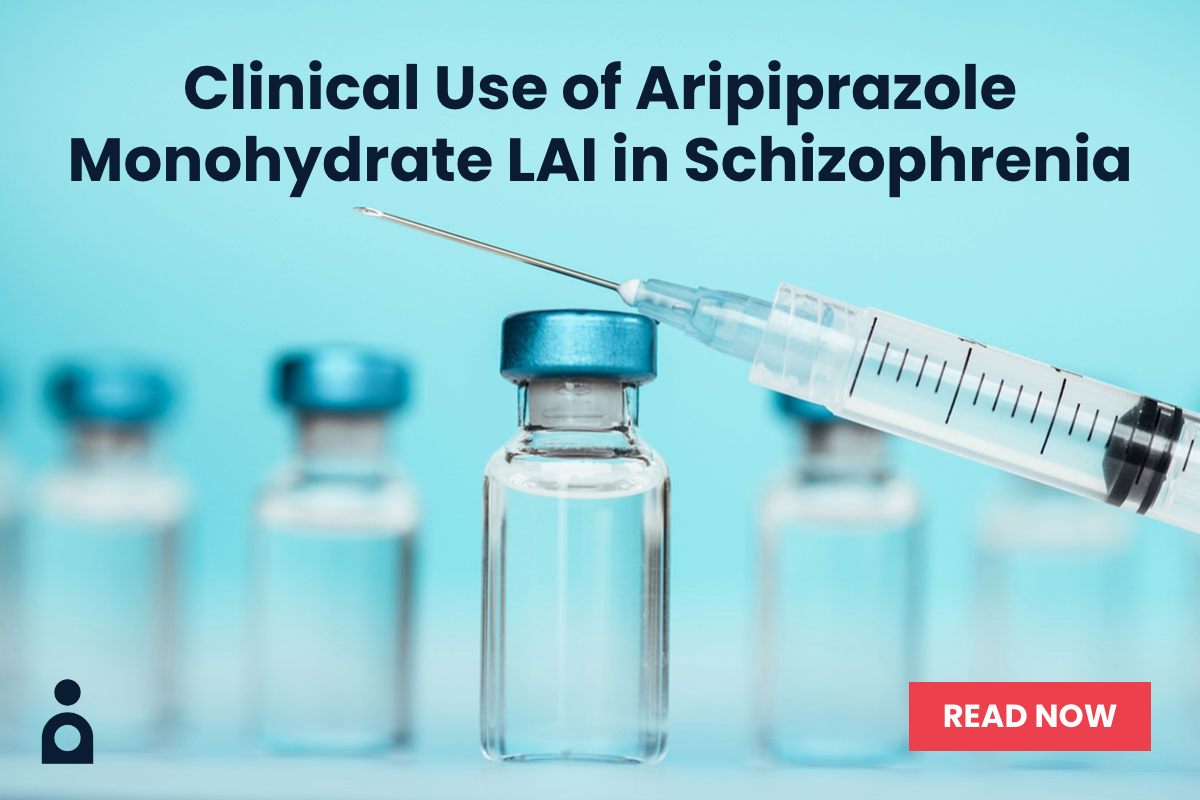Objective: Antidepressant nonadherence is common and represents a potentially modifiable risk factor for treatment nonresponse. We used a novel approach based on discarded blood samples from routine clinical blood draws to assess treatment nonadherence in a general clinical population.
Method: Individuals diagnosed with or without major depressive disorder (using ICD-9) and prescribed sertraline, citalopram, bupropion, or venlafaxine in January 2014 were identified by querying the electronic health record of 2 academic medical centers. Discarded blood samples from routine blood draws for 109 individuals within 14-90 days of treatment initiation were anonymized and then assessed for detectable serum antidepressant levels.
Results: Overall, 17% of samples lacked detectable levels of the index antidepressant. Individuals with public versus private insurance were more likely to have undetectable antidepressant levels (χ21 = 5.07, P = .02) as were those receiving shorter-term (< 90 days) prescriptions (χ21 = 4.03, P = .05).
Conclusions: In general, electronic prescribing data provided a reasonable proxy for actual antidepressant use. Additionally, up to 1 in 5 individuals prescribed an antidepressant may not be adherent, suggesting the need for further efforts to reduce treatment nonadherence.
Members Only Content
This full article is available exclusively to Professional tier members. Subscribe now to unlock the HTML version and gain unlimited access to our entire library plus all PDFs. If you’re already a subscriber, please log in below to continue reading.
Please sign in or purchase this PDF for $40.00.
Already a member? Login




